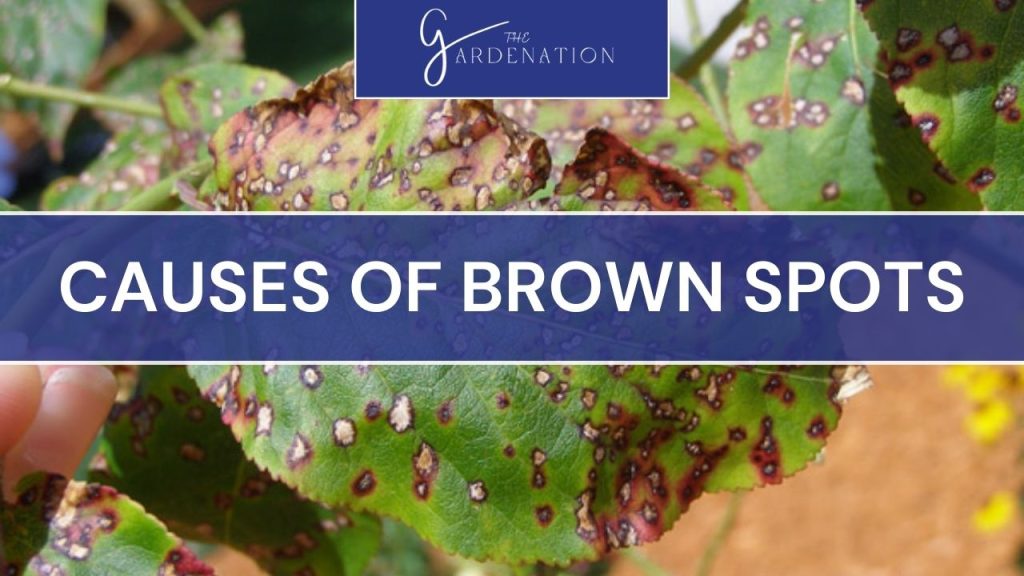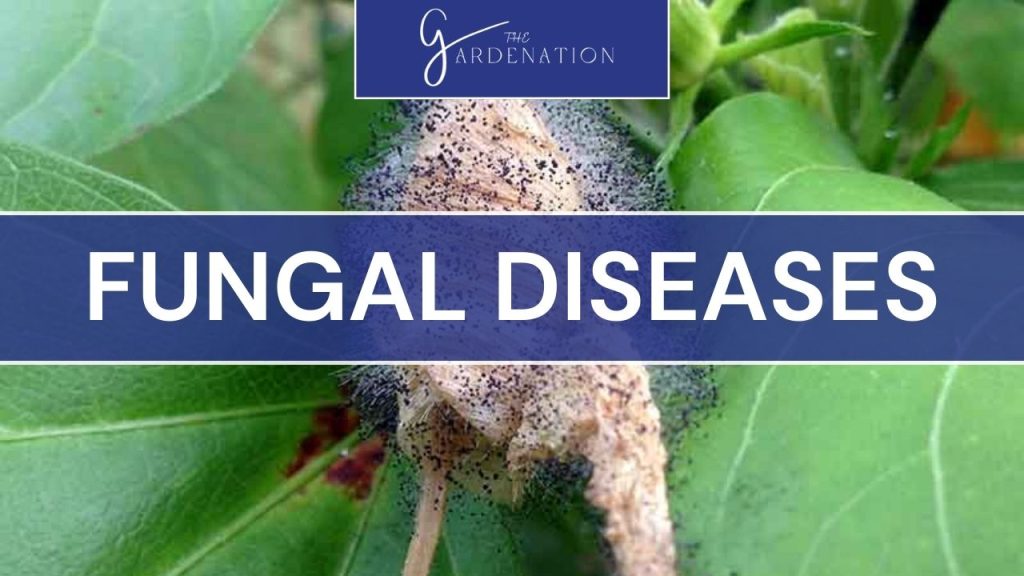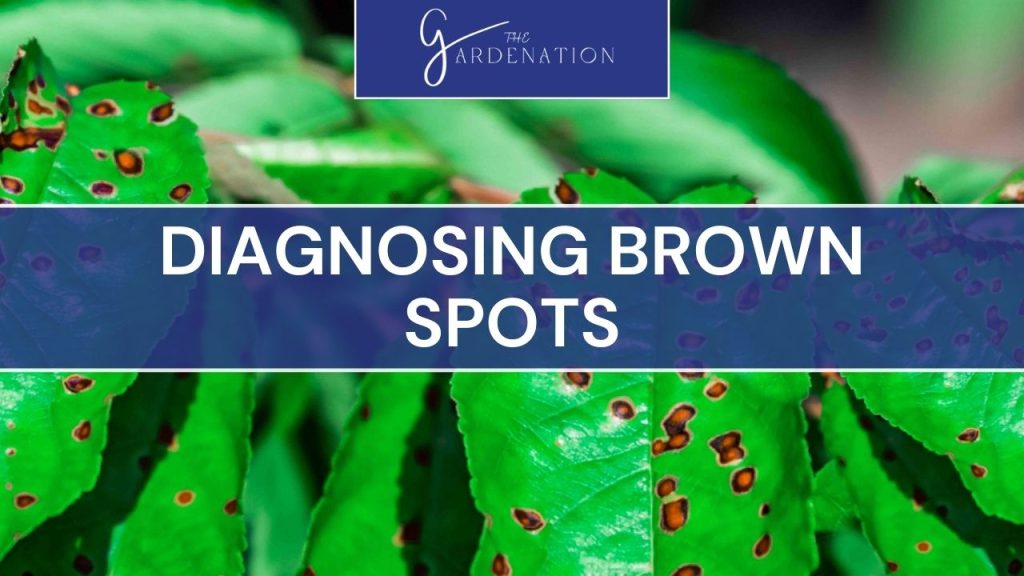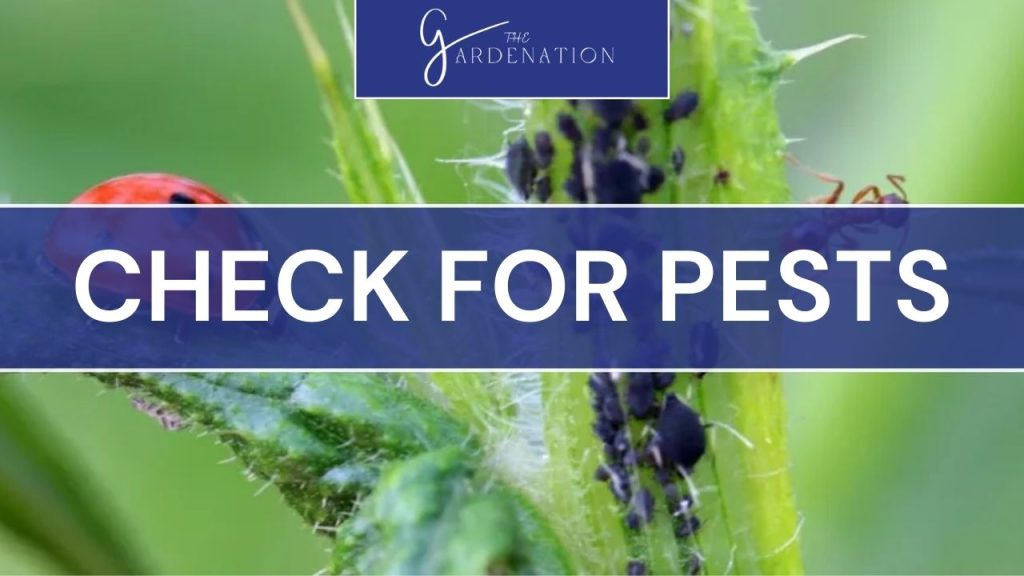Brown Spots On Snake Plant
The snake plant, also known as mother-in-law’s tongue or Dracaena trifasciata, is one of the most popular and hardy houseplants. Its sword-shaped green leaves with yellow or white edges make it an attractive addition to any indoor space. While snake plants are generally easy to care for, you may notice brown spots on snake plant leaves, which can be alarming.
Brown spots typically indicate that something is wrong with the plant’s care regimen. The good news is that brown spots can often be treated with a few adjustments to the plant’s environment and care routine.
This comprehensive guide will explore all the possible causes of brown spots on snake plant leaves. You’ll learn how to properly diagnose the underlying issue based on the symptom patterns and appearance of the spots. We’ll also provide actionable solutions to treat and prevent the recurrence of brown snake plant leaves.
Equipped with this knowledge, you’ll be able to get your snake plant back to excellent health so you can continue to enjoy its unique beauty and air-purifying abilities. Let’s get started!
Brown Leaves: A Sign of Trouble

Seeing brown spots on the otherwise vibrant green snake plant leaves can be worrying. But what do these spots signify? Here we’ll explore whether brown leaves point to normal aging or underlying health issues.
Normal Aging vs. Underlying Issues
As snake plants mature, it’s natural for some of the older leaves to turn brown or yellow near the base. This is part of the plant’s normal life cycle as lower leaves die off. As long as the browning is limited to one or two bottom leaves and the rest of the plant looks healthy, this is no cause for concern.
However, brown spots appearing higher up on the leaves or affecting multiple leaves likely indicate an underlying problem. If left unchecked, such issues can hinder photosynthesis, impact plant growth, and potentially be fatal. So it’s important to diagnose and address the cause early on.
Impact on Photosynthesis

Photosynthesis is the process whereby plants use sunlight, carbon dioxide, and water to produce their food and fuel plant growth. This vital process takes place in the green parts of leaves, which contain the pigment chlorophyll.
When brown spots start appearing, it means the leaf tissue is dying in those areas. As a result, photosynthesis gets impaired because the leaf has fewer functional green areas to absorb light and carry out food production.
Over time, this strain on photosynthesis takes a toll on the plant’s health. Growth starts to slow down, leaves turn paler, and the plant becomes progressively weaker. Without treatment, extensive leaf damage can eventually kill the plant.
Causes of Brown Spots

Now that I have understood why brown spots spell trouble for snake plants, let’s explore the various reasons you may see this symptom. The causes generally involve environmental factors, pests, diseases, or improper care.
Environmental Factors

Fluctuations or extremes in environmental conditions are among the most common triggers of brown leaf spots. Here are the usual suspects to check for.
For more information about Kitchen Garden you can visit: 13 Varieties Of Black Pumpkins
1. Harsh Sun Exposure
Snake plants thrive in bright, indirect light indoors. But when I leave them under the intense afternoon sun it can scorch and dry out the leaves. This manifests as brown sunburnt patches, especially along the edges and tips.
To remedy this, I move the pot to a spot with gentler light. I slowly transition the plant over 2-4 weeks to prevent shock. Also, I draw sheer curtains to filter harsh sunlight.
2. Watering Woes
Both overwatering and underwatering can cause brown snake plant leaves. Overwatering is especially detrimental as it makes the roots prone to rot and fuels fungal diseases. Typical signs include:
- Brown leaf tips and spots
- Soft, mushy leaves
- Drooping or yellowing leaves
- Foul odor from the pot
Underwatering shows up as brown crispy leaf edges and margins. I check for dry, shriveled leaves and soil pulling away from the pot.
Ideally, snake plants should be watered deeply only when the top inch of soil is dry. Also, I ensure the pot has drainage holes at the bottom and well-draining soil.
3. Pest Infestations
Spider mites, mealybugs, and fungus gnats are common snake plant pests. They damage plant tissues while feeding, causing small brown spots surrounded by yellow halos. Other clues are visible webs, white cottony deposits, or bugs crawling on the leaves.
I use insecticidal soap or neem oil to get rid of most pests. For severe infestations, I snip off heavily affected leaves. I also isolate the plant from others to prevent spread.
Root Issues

As highlighted before, overwatering is the fastest route to trouble with snake plants. Excess moisture in the soil leads to root rot and a host of related problems.
1. Blisters and Drooping Leaves
Initially, overwatering causes small brown/black blisters on the leaf undersides. The blisters eventually rupture, leaving holes in the leaves. Other accompanying symptoms are yellowing, wilted, mushy or drooping foliage.
2. Root Rot
Prolonged wet conditions promote the growth of fungus-like organisms called water molds in the soil. These attack and infect the roots, causing them to turn brown and slimy. This condition is called root rot.
Since damaged roots cannot absorb water properly, the plant struggles despite regular watering. Symptoms worsen steadily before the whole plant collapses.
To treat root rot, I remove infected mushy roots and repot with fresh soil. I cut back on watering frequency as well to prevent recurrence.
3. Soil and Container Considerations
Waterlogging also depends on the composition of the potting mix and the container. Soil mixes for snake plants should be fast-draining, with ingredients like perlite, bark, gravel etc.
The pot should have enough holes at the bottom for drainage. I place rocks or gravel as a drainage layer before adding soil. I choose containers with relatively narrow openings compared to width for better moisture control.
Fungal Diseases

Excess moisture also promotes fungal diseases that can cause brown leaf spots on snake plants. Two common ones are:
1. Red Leaf Spot
This fungal infection is characterized by red-brown lesions with yellow margins on the leaves. Spots may also have gray centers with reddish borders. Over time, they expand outwards while the centers dry out.
2. Southern Blight
This soil-borne fungus enters plants through the roots. It causes water-soaked brown lesions on lower leaves and leads to wilting. Eventually the whole plant suddenly collapses.
To treat fungal diseases, I prune off affected leaves promptly. I apply fungicide sprays as per label directions. I also space out plants to enhance air circulation and prevent disease transmission.
Water Quality and Fertilizer Issues

Chemicals and salts in tap water or fertilizers can also burn leaf tips and margins, resulting in brown spots on snake plants.
1. Tap Water Chemicals
Chlorine and fluoride compounds routinely added to tap water can accumulate to toxic levels in the soil over time. This leads to leaf tip burn and brown spots with yellow halos.
I use distilled or rainwater instead of tap water. If unavailable, I let tap water sit uncovered overnight before using. This allows chlorine to dissipate.
2. Fertilizer Burn
Applying excess fertilizer can damage roots and leaves. It shows up as brown leaf edges and tips. The damage is usually more pronounced on older leaves.
I leach out excess salts by flushing soil with water poured through the drainage holes. I avoid over fertilizing, and always dilute liquid fertilizers more than recommended.
Diagnosing Brown Spots

Figuring out the exact cause behind snake plant brown spots allows you to pinpoint appropriate corrective measures. Here is a systematic approach to diagnose the issue accurately:
Check for Sun Damage
First, I observe where the damage is occurring on leaves. If the brown spots and crispy areas are:
- At leaf tips and edges
- Mostly on younger, top leaves
- On the side facing a window/light source
This points to sunburn. I feel the affected areas – they often feel dried out compared to healthy parts. I relocate or shade the plant from harsh light. The damaged areas don’t heal but new growth will be normal.
Assess Watering Issues

I rule out under watering or over watering by checking:
1. Signs of Overwatering:
- Brown blisters on leaf undersides
- Black/mushy roots
- Drooping leaves
- Foul odor
I correct by reducing watering frequency. I repot if the roots are rotten.
2. Signs of Underwatering:
- Crispy brown leaf edges and tips
- Dry, shriveled leaves
- Soil pulling away from pot
I correct by watering more frequently.
Check for Pests

I look closely under leaves and at the leaf nodes for signs of common pests like:
- Spider mites: Specks that move, fine webs
- Mealybugs: White cottony deposits
- Fungus gnats: Black flies buzzing over soil.
I isolate and treat infested plants. I then sterilize shears after pruning to prevent spread.
Identify Fungal Diseases
Check for disease symptoms like:
– Red Leaf Spot: Red lesions with yellow border
– Southern Blight: Rapid wilting
I act promptly by cutting off affected leaves. I apply fungicides according to product specifications to curb infection.
Assess Water Quality and Fertilizers
When the brown spots were located only at the tips or margins of older leaves, with yellowing in surrounding areas, I suspected fertilizer burn or water quality issues.
I checked tap water quality reports for my area. And got it tested at gardening stores. I used rainwater or distilled water when reports show high dissolved solids.
Also, I avoided over fertilizing and promptly leach out any buildup.
Trimming Brown Spots: Dos and Don’ts

It is safe to use clean, sharp scissors or shears to trim off snake plant leaves that are heavily affected by spots and unlikely to recover. But I avoid going overboard with cutting.
1. Guidelines
- I only trim leaves that are more than halfway damaged or dried out.
- I cut the damaged leaves off near the base. Be careful not to injure healthy parts.
- I sterilize tools before and after trimming with isopropyl alcohol.
2. Avoid Over-Cutting
Removing too many leaves at once stresses the plant and inhibits growth. As a rule of thumb, don’t cut off more than 20% of leaves in one go.
I also resist cutting strictly for cosmetic reasons. The plant can still photosynthesize through damaged leaves.
3. Post-Trimming Care
- I keep the plant under shade for 1-2 weeks after pruning.
- I hold off on fertilizing until new shoots emerge.
- I check soil moisture daily as water needs decrease with less foliage.
Preventative Measures

An ounce of prevention is truly worth a pound of cure when it comes to snake plant problems. Here are proactive maintenance tips:
1. Routine Inspections
I periodically scan leaves (including undersides) to catch issues early. I also check for pests, odor issues, etc. Addressing minor problems promptly prevents major damage.
2. Optimizing Growing Conditions
I strive to provide ideal lighting, temperature, humidity, airflow etc. to my plant depending on its variety and conditions. This makes it more resilient to pests and diseases.
3. Implementing Best Practices
Learn and follow recommendations for watering, soil selection, fertilizing, repotting etc. This greatly lowers risks of improper care issues. Consistency is key!
Frequently Asked Questions
1. What causes brown spots on snake plant leaves?
The main causes are improper watering (both overwatering and underwatering), excessive sun exposure, pest infestations, fungal diseases, and fertilizer burn.
2. What are the symptoms of brown spots I should look out for?
I look for brown/black spots on leaves, yellow halos around spots, mushy or drooping leaves, leaf blisters, rapid leaf wilting, visible pests like webs or cottony deposits, and foul odors.
3. How do I treat brown spots on my snake plant?
I try to identify and address the underlying cause, whether it’s adjusting watering frequency, moving the plant to proper light levels, using insecticidal soap for pests, pruning affected leaves, applying appropriate fungicide, or flushing soil.
4. How can I prevent brown spots on my snake plant?
I prevent brown spots by providing ideal growing conditions, routine inspections to catch issues early, avoiding overwatering and over fertilizing, sterilizing tools between uses, and implementing good air circulation.
5. Are brown spots harmful for my snake plant?
Yes, brown spots indicate the plant is stressed and its ability to photosynthesize is impeded. This can impact growth and vigor over time. So it’s important to promptly troubleshoot causes and restore health.
Conclusion
In conclusion, diagnosing and treating snake plant brown spots is no longer an exercise in frustration. You now have the expertise to confidently inspect plants, identify underlying problems, and implement solutions tailored to revive your snake plant to its former glory.
From precise troubleshooting to preventative care, these comprehensive guidelines serve as a handy resource to help nurture a thriving snake plant that dazzles your indoor space with vitality.
I hope this guide has helped shed light on the various causes and solutions for brown spots on your beloved snake plant’s leaves. The key is careful diagnosis followed by prompt troubleshooting.
With a little vigilance and optimal care, you can have your snake plant thriving for years embellishing your indoor spaces.
Its flowing leaves will continue to brighten your décor while filtering the air, making it the perfect low-maintenance green buddy!


One Comment